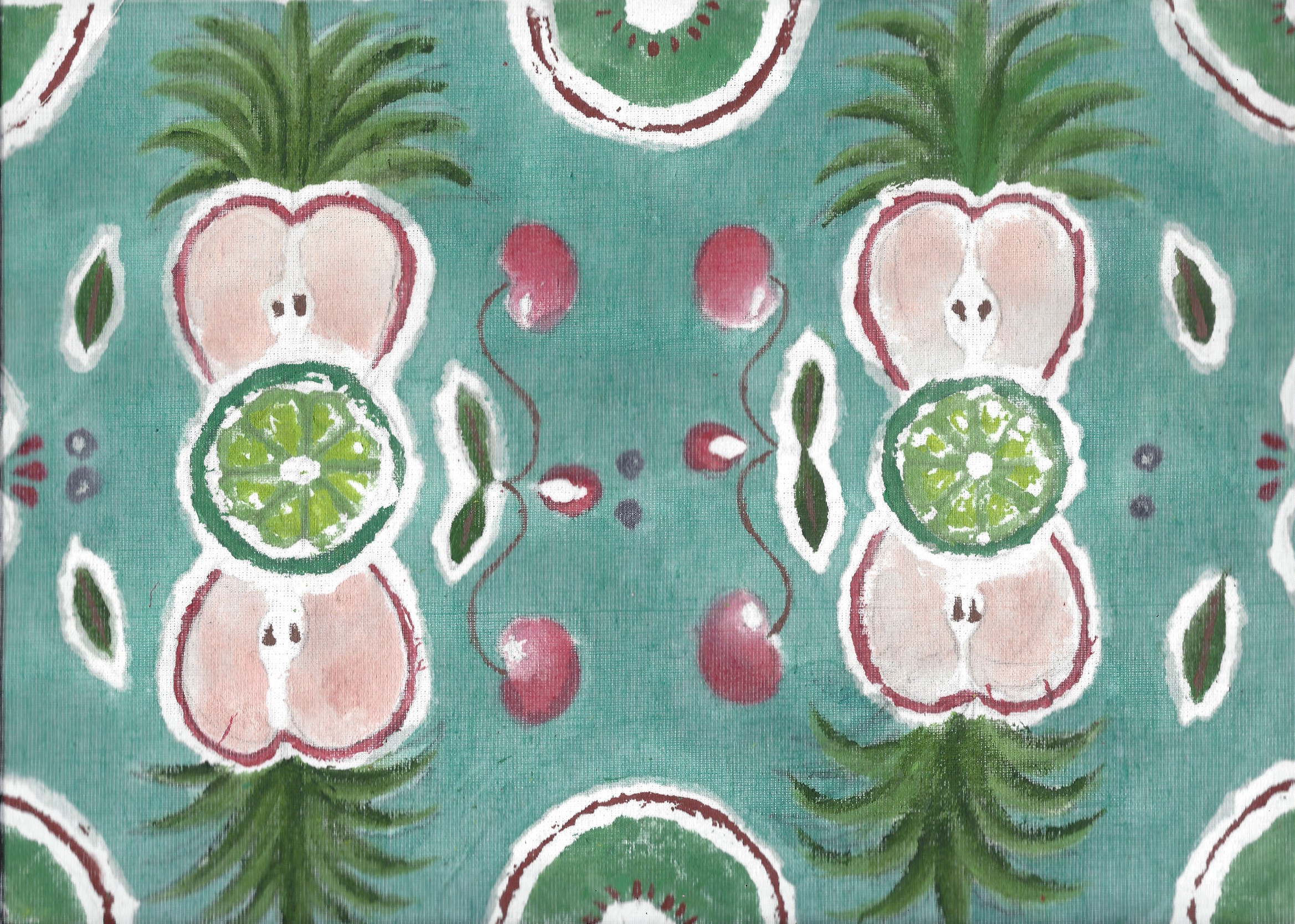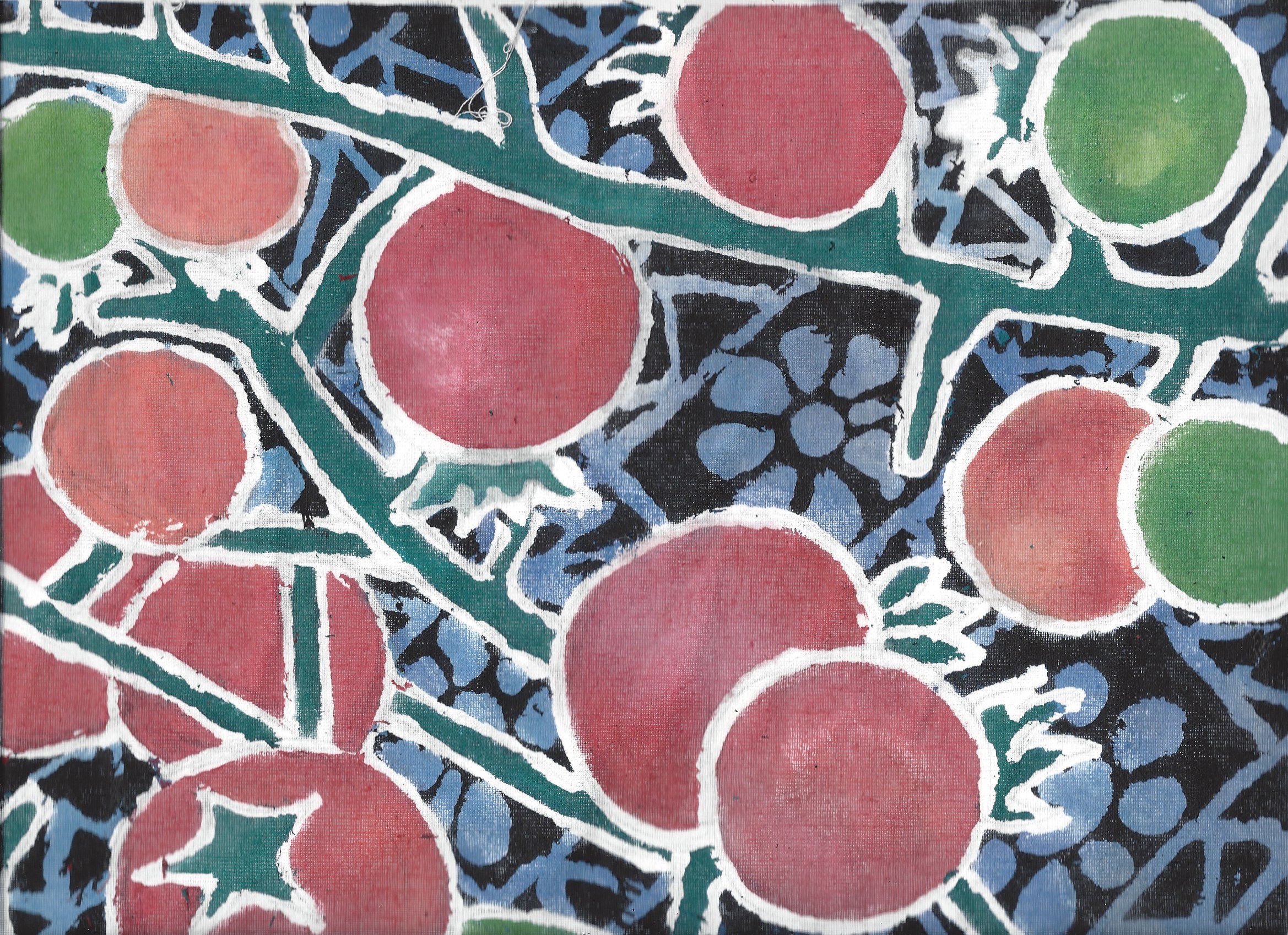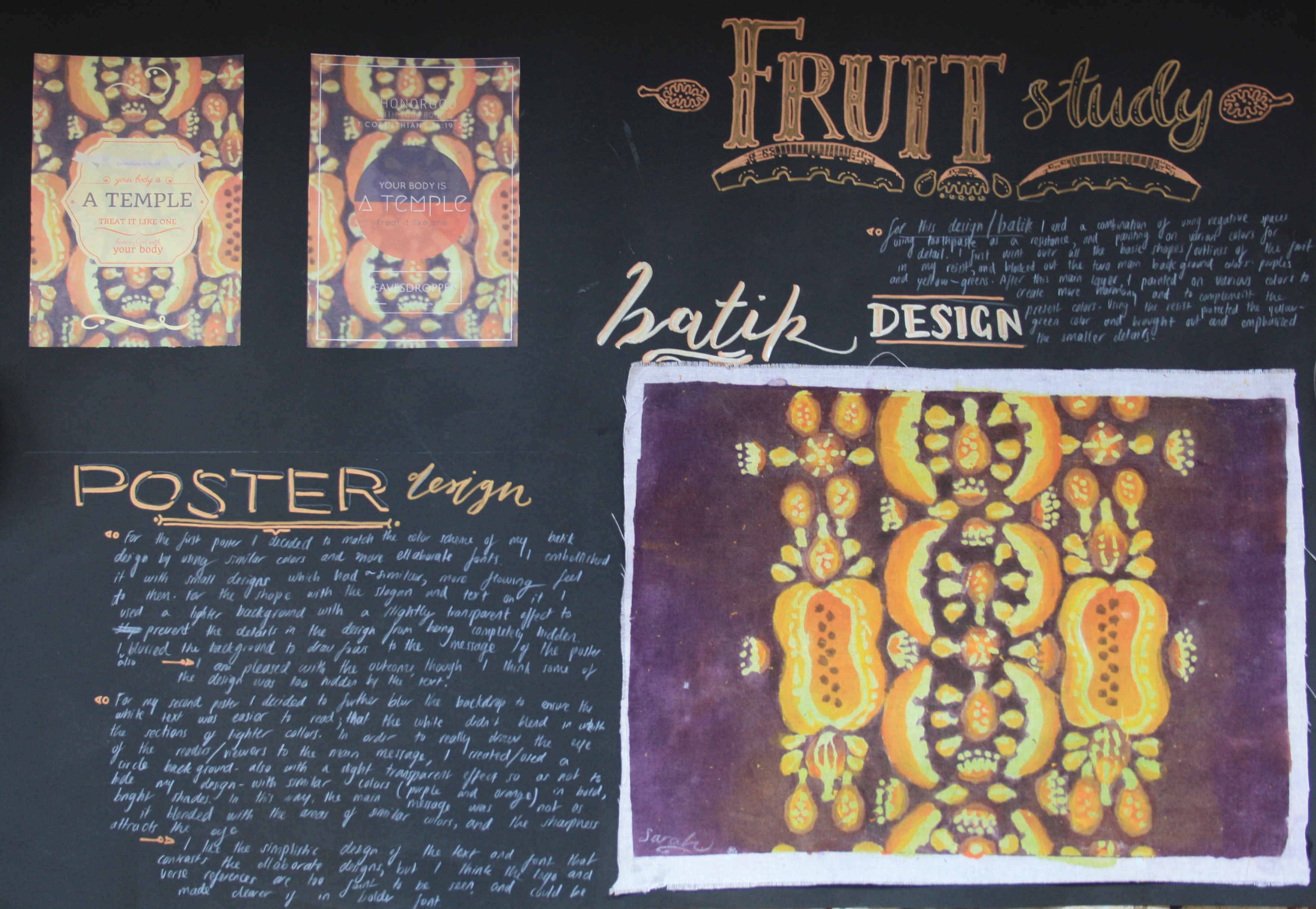The month of December is the craziest in my art room, the days and weeks have flown by! We have been busy making Christmas cards, as they are hard to come by here. Get ready…
Kindergarten:
I took my usual Christmas tree stamping project and had the kiddos make smaller versions on cards. I love the abstract nature of these pieces, each with its own personality! We also made collage nativity scenes- with a gelli print background and potato stamps for the manger and star.
1st Grade:
We made two types of cards this year: a pastel and watercolour stained glass card, and a stamped wreath card- and silhouette nativity scenes on tint&shade backgrounds.
2nd/3rd Grade:
For our first card, it was a choice between two designs. The first, stemming from our symmetry tile designs, was a 3D folded Christmas tree. The second choice was a Notan card, which involved a cutting out basic stencil shape, and considering both the negative and positive space. The second card we made all together was a faux nativity batik. You should have seen their faces when I had them to crumple up their carefully coloured images (to create cracks in the wax) and again when I had them paint overtop with black ink. It was only when we started rinsing the papers that the oohs and aahs began.
4th/5th Grade:
The first card for 4th grade was a zentangle card, beginning with a basic shape and filling in the outlines with glorified doodle patterns. Some of them added a bow for an extra pop of colour. The second card (which I did with both 4th and 5th grade) involved pastel ornaments and tree branches. They did such a great job blending and were quite proud of the results- so much so that they begged to keep the finished pieces!















